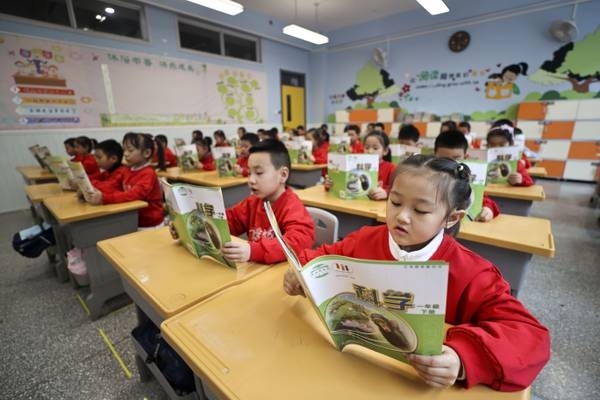Unesco begins review of damage to heritage sites in Turkey-Syria quake regions

Despite huge logistical difficulties, Unesco, the UN’s cultural body, has begun a preliminary assessment of damage inflicted on ancient and medieval sites by Monday’s devastating earthquakes in Syria and Turkey. According to a Unesco spokesman, “We are gathering information, but at [this] stage preliminary observations did not report serious damage to World Heritage Sites, and more detailed examinations will be carried out in the forthcoming days. We are monitoring the situation in liaison with the authorities.” A preliminary Unesco report stated: “The priority on the ground is first to save people. It will take several days or weeks before we have a precise view of the situation at each heritage and cultural site.” Once this is complete, Unesco will help local authorities to preserve and stabilise affected sites. Former director of Syria’s antiquities department Maamoun Abdulkarim told The Irish Times it is difficult to secure information from people in the affected area. They “are looking after their dead, their victims, their wounded. They need many things in their daily lives because the economic situation is tragic in these areas, especially after 12 years of war and economic blockade, and now the earthquake.” “Who is free today there to work on cultural heritage? We can’t ask them that,” he said. Dr Abdulkarim has been informed that damage is “moderate” in Aleppo and in the ancient northwest city of Maarat al-Numan, where the museum and the Ottoman Khan (inn) were affected. He said colleagues based near northern Syria’s “Dead Cities”, 700 abandoned Roman and Byzantine settlements, had told him there was no damage, but “we know that there is destruction in many [modern] villages and towns in that area”. Unesco has initially reported “significant damage to the walls and towers of the 13th century Aleppo Citadel” as well as partial damage to the old city’s historic souqs and the collapse of the western tower of its wall. The facade of the national museum has cracked. Unesco is particularly concerned because Aleppo, one of the world’s oldest cities, has been a world heritage site since 1986 and has been listed as endangered by war since 2013. The organisation reported collapses of the 12th century Norias, the great wooden water wheels in the northern city of Hama, which has seen relatively little destruction due to war. There has also been damage to the Crusaders’ citadel city in Tartous province. In Turkey, Unesco “laments the collapse of several buildings” in the fortress city of Diyarbakir and the adjacent Hevsel Gardens, another world heritage site. [ ‘No More Antakya’: City and a civilisation wiped out after earthquake, say Turks ] [ Shock and rage at lack of state help as Turkey deals with earthquake aftermath ] A second concern included the Neolithic site of Gobekli Tepe in Sanliurfa province, the location of 10,000-year-old megaliths, huge stones used to build prehistoric monuments. A third to be assessed is the summit of Mount Nemrut, one of the highest peaks in the Taurus mountains, where huge statues surround the remains of what is believed to be a first century BC royal tomb. A fourth is Arslantepe Mound, an ancient neo-Hittite archaeological site occupied from the 6th millennium BC to the medieval period. Other sites near the quake’s Turkish epicentre are also likely to have been affected. There were glimmers of hope in Turkey after rescue teams pulled a 18-month-old baby and his brother from the rubble more than four days after the earthquake. (Reuters)
‘If hukou is abolished now, everyone will swarm into cities’: The system that ties Chinese citizens to one place
Shock and rage at lack of state help as Turkey deals with earthquake aftermath
:quality(70):focal(2929x1307:2939x1317)/cloudfront-eu-central-1.images.arcpublishing.com/irishtimes/HAJ6LKKMX23Z75RAZFULTS6KUU.jpg)
Earthquake tests Erdogan’s leadership as Turkish elections loom
:quality(70):focal(1767x1561:1777x1571)/cloudfront-eu-central-1.images.arcpublishing.com/irishtimes/BCH5KBX5IBWCJSFFWPZNH6MDOU.jpg)
My first experience of China’s blind masseurs was a perk of normal life returning
:quality(70)/cloudfront-eu-central-1.images.arcpublishing.com/irishtimes/VOWXZBN6OVDM7GYTTYTMNXAKFI.jpg)

Earthquake-stricken Syrians asked for help. Why didn’t the world answer?
:quality(70)/cloudfront-eu-central-1.images.arcpublishing.com/irishtimes/SRHCIWPMY6DDGZAMOBS2ETFYAA.jpg)



